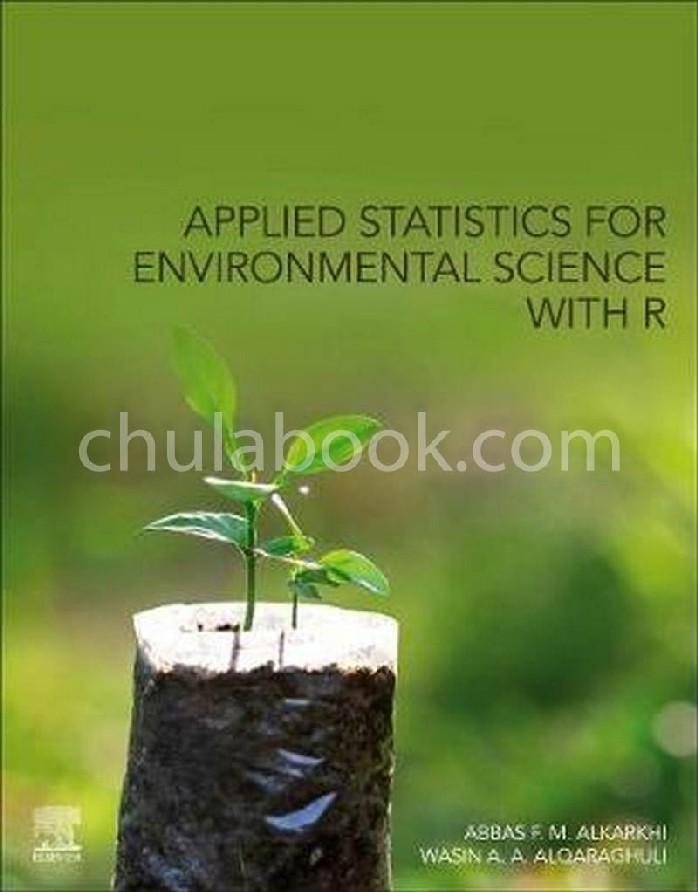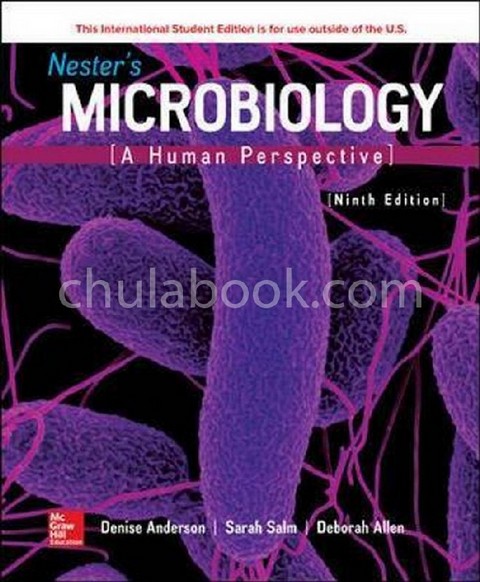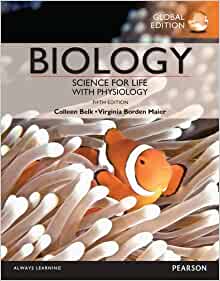
Book info
Barcode : 9781265208721
ISBN : 9781265208721
Size ( w x h ) : 0 x 0 mm.
Number of pages : 721 Pages
Year of print : 14 / 2025
Book category : ชีววิทยา
Product details : BIOLOGY (ISE)
The author team of Biology is committed to continually improving the text, keeping the student and learning foremost. The integrated pedagogical features expand the student's learning process and enhance their learning experience. Biology has a clear, accessible, and engaging writing style with a solid framework of pedagogy that highlights an emphasis on evolution and scientific inquiry that have made this a leading textbook for students majoring in biology. An emphasis on the organizing power of evolution is combined with an integration of the importance of cellular, molecular biology and genomics.
- Part I The Molecular Basis of Life
- 1. The Science of Biology
- 2. The Nature of Molecules and the Properties of Water
- 3. The Chemical Building Blocks of Life
- Part II Biology of the Cell
- 4. Cell Structure
- 5. Membranes
- 6. Energy and Metabolism
- 7. How Cells Harvest Energy
- 8. Photosynthesis
- 9. Cell Communication
- 10. How Cells DividePart
- III Genetic and Molecular Biology
- 11. Sexual Reproduction and Meiosis
- 12. Patterns of Inheritance
- 13.The Chromosomal Basis of Inheritance, and Human Genetics
- 14. DNA: The Genetic Material
- 15. Genes and How They Work
- 16. Control of Gene Expression
- 17. Biotechnology
- 18. Genomics
- 19. Cellular Mechanisms of Development
- Part IV Evolution
- 20. Genes Within Populations
- 21. The Evidence for Evolution
- 22. The Origin of Species
- 23. Systematics, Phylogenetics, and Comparative Biology
- 24. Genome Evolution
- Part V Diversity of Life on Earth
- 25. Origin and Diversity of Life
- 26. Viruses
- 27. Prokaryotes
- 28. Protists
- 29. Seedless Plants
- 30. Seed Plants
- 31. Fungi
- 32. Animal Diversity the Evolution of Body Plans33. Protostomes
- 34. Deuterostomes
- Part VI Plant Form and Function
- 35. Plant Form
- 36. Transport in Plants
- 37. Plant Nutrition and Soils
- 38. Plant Defense Responses
- 39. Plant Sensory Systems
- 40. Plant Reproduction
- Part VII Animal Form and Function
- 41. The Animal Body and Principles of Regulation
- 42. The Nervous System
- 43. Sensory Systems
- 44. The Endocrine System
- 45. The Musculoskeletal System
- 46. The Digestive System
- 47. The Respiratory
- System
- 48. The Circulatory System
- 49. Osmotic Regulation and the Urinary System
- 50. The Immune System
- 51. The Reproductive Systems
- 52. Animal Development
- Part VIII Ecology and Behavior
- 53. Behavioral Biology
- 54. Ecology of Individuals and Populations
- 55. Community Ecology
- 56. Dynamics of Ecosystems
- 57. The Biosphere and Human Impacts
- 58. Conservation Biology












